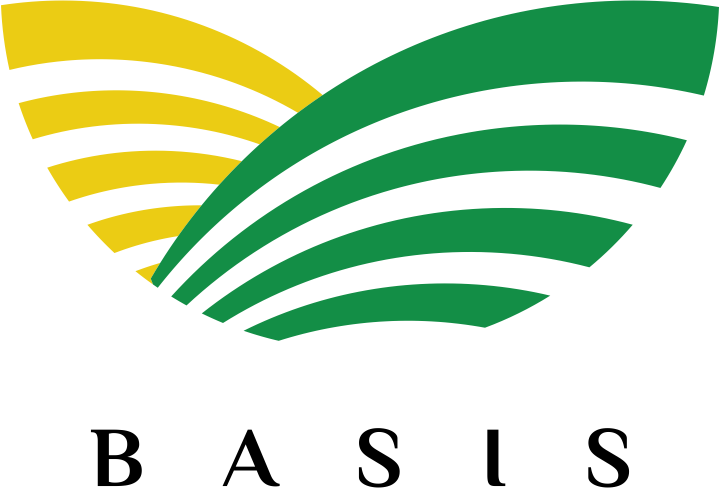Conventional agricultural practices – especially conventional tillage – are a major driver of soil erosion globally. While soil may not frequently be considered a vulnerable natural resource, the erosion and degradation of soils poses a serious threat to food production and the production of numerous other in-situ and ex-situ ecosystem services. This study provides some of the first evidence on the effectiveness of a payments for ecosystem services (PES) program to encourage the adoption of soil conservation practices, specifically conservation agriculture (CA). Through minimized soil disturbance, permanent soil cover, and diversified crop mix, CA is believed to enhance soil fertility and rehabilitate soil structure, with the resulting preservation of ecosystem service flows.
By providing calibrated financial incentives, this study demonstrate that it is possible to substantially increase the extent and intensity of CA adoption. What’s more, a novel incentive mechanisms that leverages social networks for the consolidation of fragmented land may be more effective at bringing more land under conservation objectives, even if some of the additional land does not officially fall under the purview of the PES program. The study also demonstrates that some of the supposed weaknesses hindering the adoption of CA – lower yields in the short-run and higher expenditures on weed control – were not necessarily obstacles in our study area, perhaps suggesting that the provision of subsidies need not continue into perpetuity, but may only be needed to overcome short-term transition costs.
This paper is forthcoming in the Journal of Environmental Economics and Management
